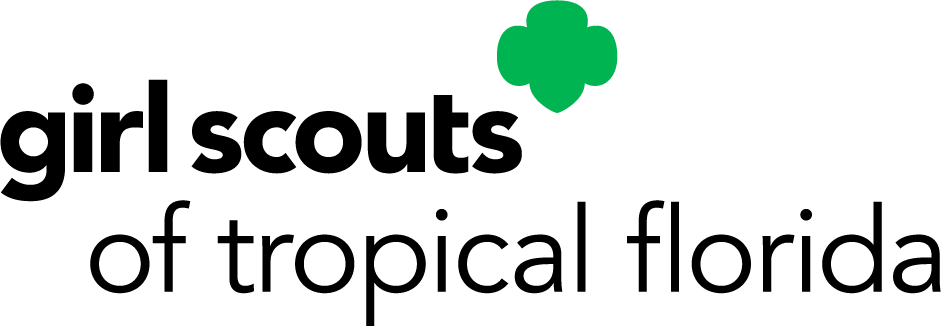Gold Award Girl Scout Spotlight: Cecilia I.
Cecilia's program creates "Pollinator Patches" – havens for butterflies, bees, and other pollinators. These untouched plots teem with native plants, naturally providing food and nectar. Through workshops and presentations, Cecilia educates communities on the value of pollinators and creating these patches. Participants learn to build one in their yard or advocate for them in public spaces. Partnering with organizations like Barry University, Cecilia has established patches on their grounds, and even the Girl Scouts have one at Camp Mahachee. Each patch features an educational sign with a QR code, linking visitors to a dedicated webpage for further information.
What is the title of your Gold Award project?
The Pollinator Patch Program
Tell us more about your project and how you completed it.
My Girl Scout Gold Award Project, the Pollinator Patch Program, tackles a key factor in our community's declining biodiversity and pollinators: pesticide use.
Pollinator Patches are havens for butterflies, bees, and other pollinators. These plots flourish untouched, with native plants providing natural food and nectar. Through presentations and workshops, I educate the community on the importance of pollinators and creating these patches. Participants learn to build one in their yard or advocate for them in public spaces.
Why is this project important to you? What gave you the inspiration to approach this topic the way that you did?
Biodiversity is vital for a healthy, sustainable Earth, and Miami-Dade County is no different. A diverse range of plants and animals is essential for our survival. Habitat loss and pesticide use threaten pollinators worldwide. Since my 5th birthday garden party, I've been captivated by nature's beauty. Protecting it in a community facing habitat loss is deeply fulfilling to me.
What was the biggest challenge you faced and how did you overcome it?
My biggest hurdle was unresponsive emails. Reaching out to villages about pollinator patch installations or workshops often yielded few replies. To overcome this, I prioritized in-person communication, accomplishing more in less time.
Another challenge arose when students at Barry University, unaware of the purpose, mistakenly pulled up our pollinator patch, mistaking it for weeds despite fencing and signage. We worked with Barry to revive the patch, replanting native and pollinator-friendly plants. While we typically avoid planting in established patches, the extensive removal necessitated some new additions from Barry and our own stock.
How does this project contribute to your future goals?
The Pollinator Patch project reinforces my dream of becoming an environmental engineer. It highlights my passion for environmental causes and a career in restoration and sustainability.
What did you learn about yourself while completing your project?
I learned that I am deeply passionate about my community and the
environment and care about the lives and habitats of the plants and
animals that make up our ecosystems. I also learned that I need to
improve my time management skills. For example, when I schedule tasks,
rather than working on them whenever possible, reduces stress
later.
What did you learn about your community
while completing your project?
I learned that community views on pollinator patches differed. Some municipalities embraced sustainability, while others prioritized manicured lawns, making them a tougher sell. I'm incredibly grateful to welcoming communities that adopted the Pollinator Patch Program!

